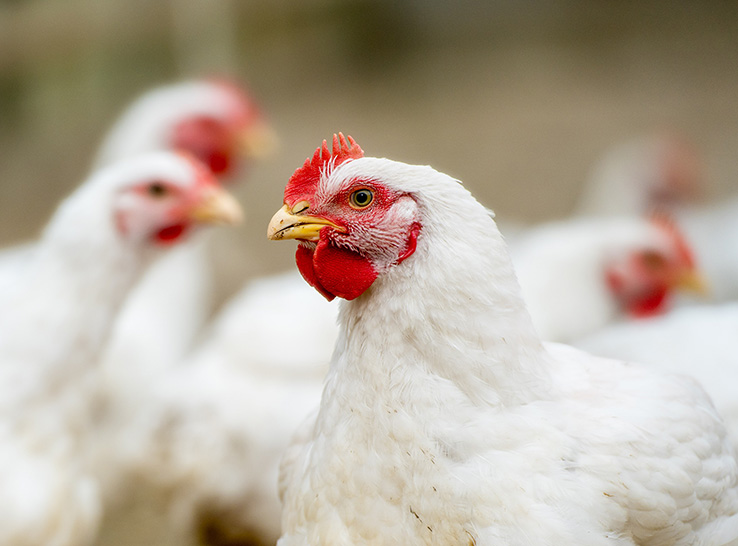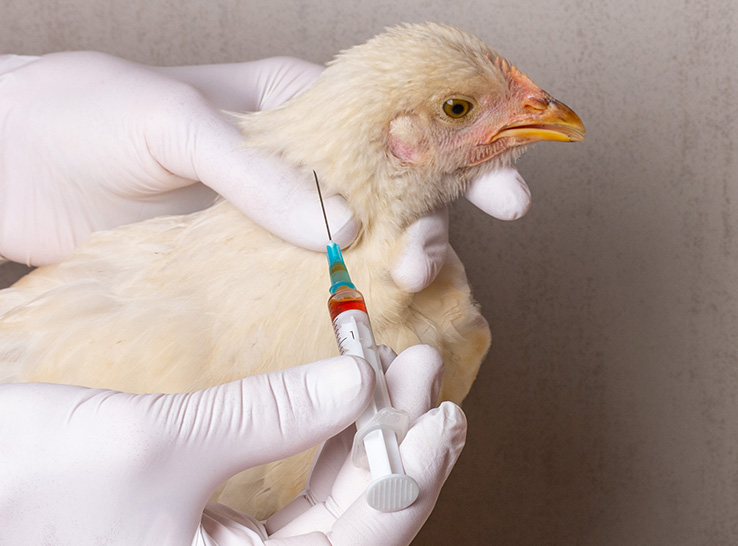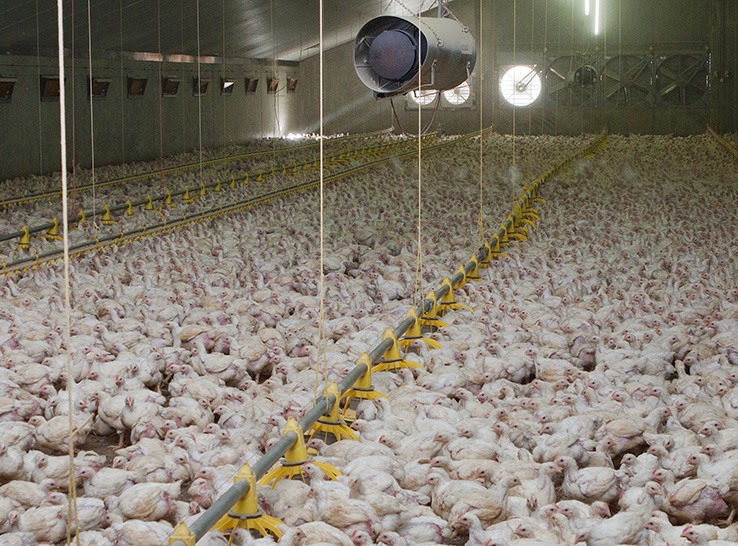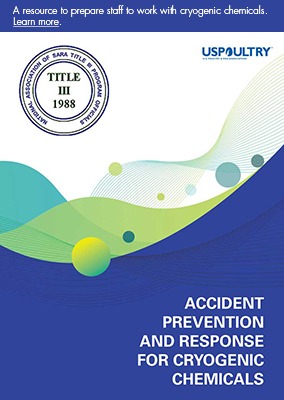Bacterial chondronecrosis with osteomyelitis (BCO) is a significant issue in the commercial broiler industry and is recognized as a key factor in causing lameness in broilers. This metabolic disease is frequently associated with Staphylococcus sp.
Lameness due to BCO may range dramatically from 15% to 57% of a flock being affected during episodic outbreaks. Bacteria found in BCO lesions are intestinal bacteria that are proposed to have spread systemically from the intestinal epithelium.
However, the disease’s complete etiology and pathogenesis are not fully understood. Also, there are no effective and commercially available measures to prevent this disease.
Electron-beam (eBeam) technology is renowned for producing efficient whole-cell vaccines via the capability to prevent bacterial multiplication by irreversibly shredding DNA while leaving the membrane proteins’ (immunogenic epitopes) integrity uncompromised.
Study details
Adnan Ali Khalaf Alrubaye, PhD, University of Arkansas, and his research team conducted a research project that aimed to achieve lameness reduction in broiler chickens via in ovo immunization with an eBeam-treated multi-strain Staphylococcus vaccine.
The overarching goals were to investigate the reduction of lameness and prevent Staphylococcus colonization of leg bones and the specific immune responses against Staphylococcus brought forward by the vaccine.
The study design consisted of four treatment (vaccination) groups:
- eBeam-treated
- Formalin-treated
- Combination of eBeam and formalin vaccine types
- Sham (carrier without bacteria)
Each treatment group received direct exposure to aerosolized, natural BCO-causative pathogens from the day of hatch for 56 days.
eBeam efficacy
The eBeam-treated group experienced a significant reduction of daily cumulative lameness — over 50% — and prevention of Staphylococcus colonization in the bones. In contrast, the lameness reduction observed in the other treated groups was insignificant compared to the control.
Practical implications
“Findings from this study indicate that an eBeam-inactivated whole-cell bacterial vaccine can be a promising alternative to efficiently control BCO in commercial broiler chickens, which can benefit the industry divergently,” Alrubaye noted.
These findings could benefit the poultry industry immensely. For example, loss of revenue via carcass condemnation at the market age could be significantly reduced, potentially saving billions of dollars annually. In addition, this disease-control method may improve animal welfare and health by reducing the clinical conditions and discomfort of BCO.
Furthermore, the proposed single-time administration of in ovo vaccination is less stressful to the birds than a live vaccine administered on several occasions (as boosters) to live animals.
The research was funded by USPOULTRY and the USPOULTRY Foundation, thanks in part to George’s Inc. Click here to view the industry summary.
Editor’s note: Content on Modern Poultry’s Industry Insights pages is provided and/or commissioned by our sponsors, who assume full responsibility for its accuracy and compliance.










